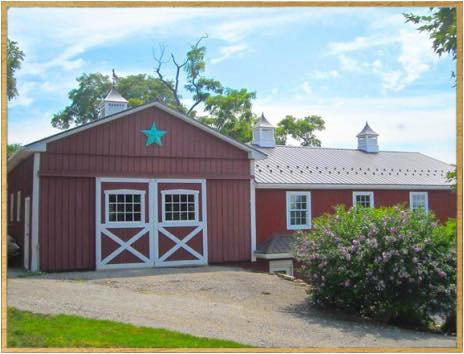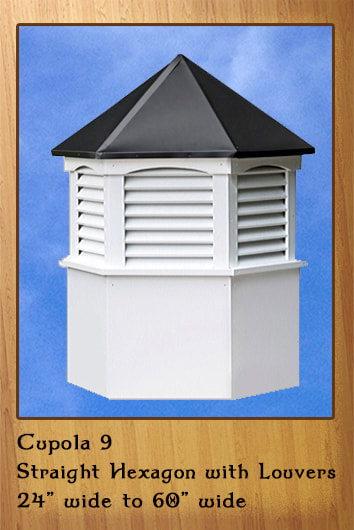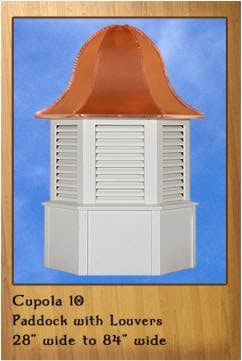The Importance of Chicken Coop Vents
Ammonia fumes are typically lighter than air, so ventilation on the roof allows them to rise and escape. Combining a roof vent with vents under the eaves provides a cross breeze that draws the fumes out and replaces them with fresh air. During summer, however, when humidity levels are high, ammonia vapors actually become heavier than the air and can settle on the ground instead of rising. A chicken coop vent in the roof allows the moist air to escape, reducing the humidity level inside of the coop and ensuring the continued venting of ammonia fumes.










 RSS Feed
RSS Feed